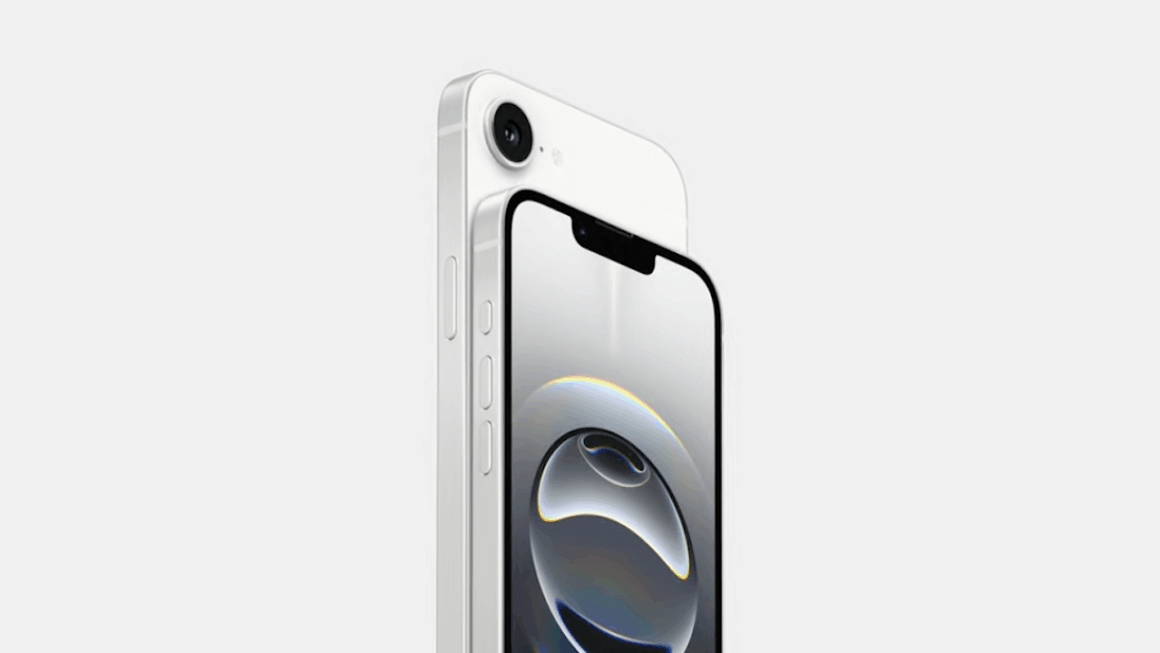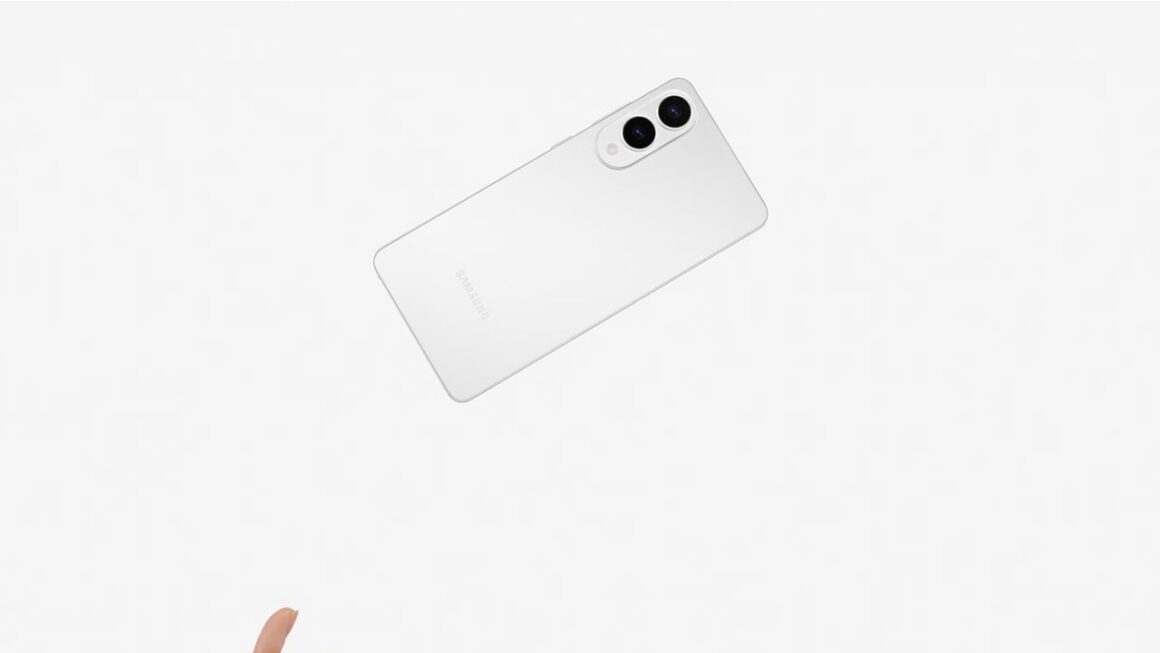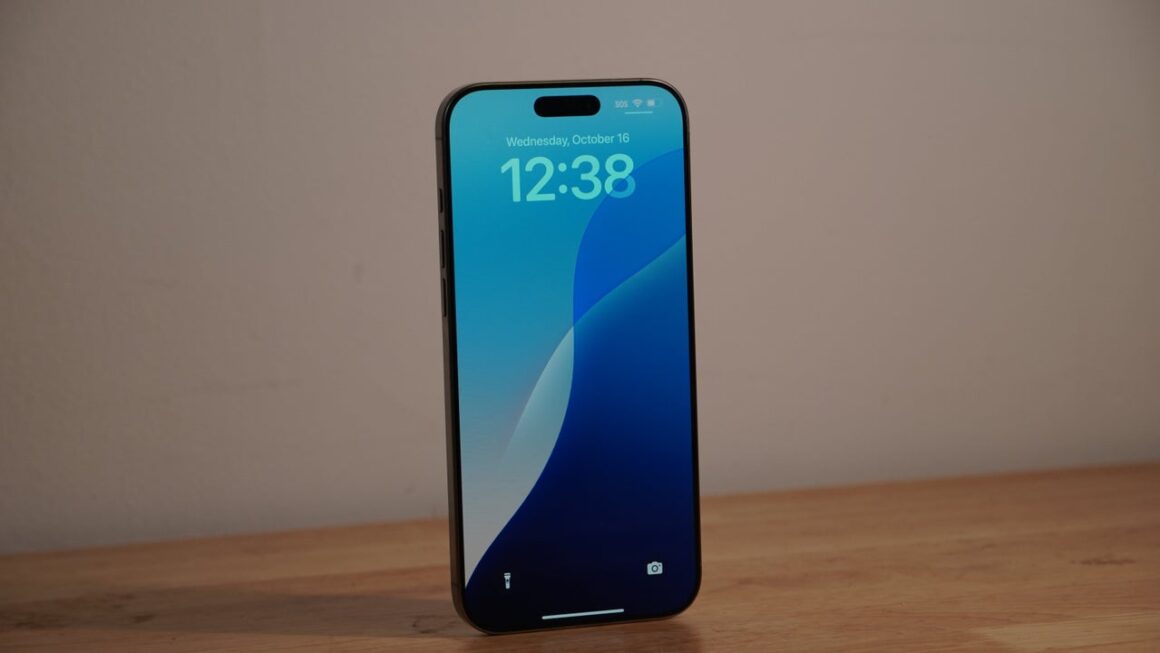If you’ve owned a cellphone in the past 25 years or so, you’ve likely had to deal with SIM cards – tiny little cards housed in your phone that contain a smorgasbord of personal data and an individual number assigned specifically to you. Without a SIM card, you can’t connect to a cellular network, making them one of your phone’s most valuable components. But as with so many things these days, even this has gone all-digital with the advent of the eSIM.
With an eSIM you no longer have to deal with a physical SIM card, including the annoying process of finding a stray paper clip somewhere to open the SIM tray on your phone. Everything is handled entirely digitally. Here’s everything you need to know about eSIM technology and how you can go about getting one.
What is an eSIM?
eSIM stands for Embedded Subscriber Identification Module. It’s an all-digital replacement for a traditional physical SIM card. It stores all the same information and performs the same role as a physical card while being considerably more convenient and easily transferable.
Unlike a normal SIM card, which is stored in a tray within your phone, an eSIM is stored in the phone’s motherboard. Because of this, you no longer have to go to a store to get a SIM card when switching carriers, nor do you have to go through the sometimes tedious process of physically swapping an itty bitty card between phones. Instead, eSIMs can be configured straight from your device’s settings.
eSIMs are fantastic for businesses, or anyone who needs more than one line in general. For instance, if you wanted to have a personal line and a work line, you’d normally need two phones with separate SIM cards. However, with an eSIM, both lines can be stored on the same digital card, allowing you to swap between them at will.
Another great benefit is flexibility while traveling. With an eSIM, you won’t need to purchase a new card when traveling internationally. When you arrive in a new country, you can simply add an international plan to the eSIM with relative ease and get on with your trip.
Which phones support eSIM?
All of the above assumes that your phone and carrier support eSIM, of course, so let’s take a look at what you should know about eSIM availability. Luckily, the majority of smartphones from major brands like Apple, Google, Samsung, OnePlus, and Motorola support eSIMs, so finding one that suits your preferences shouldn’t be too difficult.
Below is a non-exhaustive list of the first phones from these brands to introduce eSIM compatibility. It’s safe to assume that if you have a flagship device sold by any of these brands released after the phones on this list, it almost certainly supports eSIM:
- iPhone XR / XS and iPhone 11
- Google Pixel 2
- Samsung Galaxy S20
- OnePlus 11
- Motorola Razr (2020 version)
Of course, these aren’t the only brands that support eSIMs. If you’re curious whether your specific device lets you use an eSIM, you can usually find the info quickly with an online search. For example, you can check out our guide on converting to an eSIM on iPhone. Alternatively, you can check under your settings in the «About Phone» section for mentions of eSIM compatibility.
It’s worth noting that some phones, such as the iPhone 14 and onward, have stopped support for physical SIM cards altogether, meaning you can only use an eSIM on those devices. If you’re positive that you’ll need the option for a physical card at some point, you may want to consider a different device. But if you’re ready to embrace the eSIM life, you’ll be all set.
Which carriers support eSIM?
Now that you know which phones support eSIM, you’ll want to be sure your carrier does, too. Luckily, the overwhelming majority of well-known carriers in the US offer full support for the technology. Some popular choices include those listed below:
- AT&T
- Boost Mobile
- Cricket
- Google Fi
- Metro
- Mint Mobile
- Spectrum
- Straight Talk
- T-Mobile
- Verizon
- Visible
- Xfinity
As with the list of supported phones, this is hardly an exhaustive list, but these carriers are available in most states. If you’re interested in a carrier not listed here, you can always reach out to them directly to inquire about what types of phones and SIM technology they support.
Are there disadvantages to eSIMs?
While the features offered by eSIMs are no doubt helpful, choosing this option doesn’t come without a few downsides. There are a few things to keep in mind when swapping over to this newer technology.
For starters, while most brands and carriers have embraced the eSIM future, some older or budget phones still don’t support the technology. Plenty of less expensive devices support eSIM, but since it’s not a universal standard yet, the inconsistency can make finding an eSIM-compatible device frustrating when shopping for anything less than flagship phone.
Secondly, if your phone stops working with a physical SIM card, you can simply pop out the card and move it to a new device. However, if this happens while you’re using an eSIM, you’ll have to contact your carrier and go through the pain of having them assigning your eSIM to your new phone on their end.
Even with these potential obstacles, eSIMs remain a largely hassle-free experience that can make a lot of things just a little bit simpler. In a day and age when efficiency and flexibility are more desired than ever, it may be just the answer you’re looking for.



